The early May wine tasting of six Chardonnays from the Jackson Family of Wines took place online. Below is information about two of the Chardonnays, one from Alexander Valley AVA and the other from Sta. Rita Hills AVA.
Stonestreet Estate Vineyards

Stonestreet Estate Vineyards is located in the Alexander Valley AVA. Stonestreet was created in 1995 by Barbara Banke and Jess Stonestreet Jackson. This vineyard estate consists of 5,500 acres in the Mayacamas Mountain Range in Sonoma County. Today the second generation, Christopher Jackson and his wife operate the estate. Lisa Valtenbergs is the winemaker.
At Stonestreet the winemaking protocols include: harvesting the grapes by hand, using native yeasts for the Chardonnays and fermenting Cabernets in French oak tanks.
In the vineyards, Stonestreet supports sustainability. The vineyards are certified sustainable with Certified California Sustainable Winegrowing and Sustainability in Practice programs. Water use is carefully monitored and drip irrigation is used in the vineyards. Much of the vast estate is open space where animals and native vegetation are encouraged.
2017 Stonestreet Estate Chardonnay, Alexander Valley AVA
The 2017 Stonestreet Estate Chardonnay Alexander Valley AVA was produced with grapes that were harvested from vines planted in 1992, 1994 and 1997.
The winemaker used native yeast and the wine was 100% barrel fermented. 3600 cases of this Chardonnay were produced. The wine had 14.1% alcohol.
Terry’s Notes: This yellow colored wine had 14.1% alcohol. The aroma was of apple and pear. The taste was crisp with fruit including traces of pineapple, apple and pear. Think of a fruit salad. The mouthfeel was silky and the wine was full bodied. The finish was crisp and fruity with some mineral on the aftertaste. This wine retails for $40.
Kathy’s Notes: The wine was a light yellow color. The aroma was light with notes of minerality. The mouthfeel was smooth and there was a sense of butteriness. An oak influence was apparent. The wine was dry and offered mineral notes. The finish was long and left the tastebuds wishing for one more sip.
Contact Stonestreet Estate Vineyards about virtual wine tasting and discover when the tasting rooms may open.
Brewer – Clifton
The Brewer – Clifton winery is located in Sta. Rita Hills AVA. The winery and vineyards are a result of two enthusiastic people who met during a Santa Barbara Vintners’ Association committee meeting. Greg Brewer and Steve Clifton, who met in 1995, formed the Brewer – Clifton winery. They started producing wine together in 1996. Today Greg is also the winemaker. In 2017 Brewer- Clifton winery joined the Jackson Family Wines. Brewer – Clifton now has 60 acres of vineyards, all of which are located in the Sta. Rita Hills AVA. The focus of the vineyards is on producing Pinot Noir and Chardonnay.
2017 Brewer – Clifton Chardonnay, Sta. Rita Hills AVA
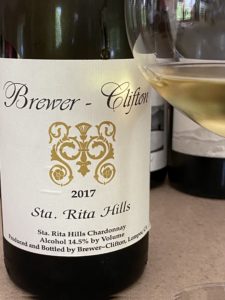
Terry’s Notes: This wine with 14.5% alcohol was a dark yellow color. The aroma was fruity. The taste included notes of tangerine, mineral and lemon with a lively mouthfeel. This is a medium/full-bodied wine. The finish was fruity with mineral notes. The aftertaste was long.
Kathy’s Notes: This Chardonnay from Sta. Rita Hills AVA was a light yellow color. The aroma was of citrus and mineral. The mouthful was velvety, smooth. The taste included citrus notes of oranges and lemon. The long, dry finish offered hints of minerality.
Chardonnay Day is celebrated on May 21st. Why not enjoy a Chardonnay this week?
Cheers!
Kathy
-1.5in.jpg)


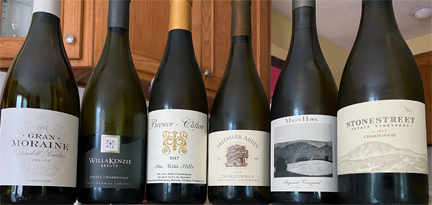
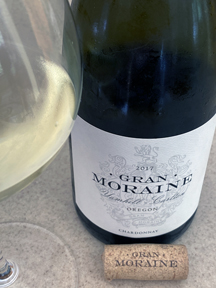
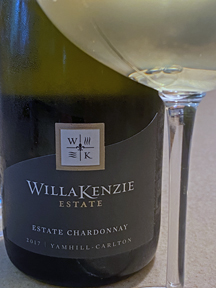
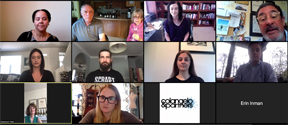
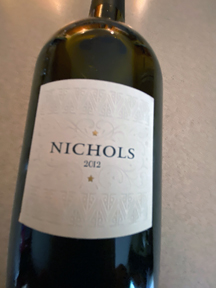
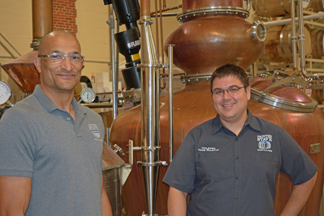
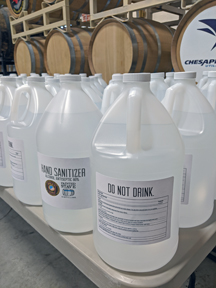
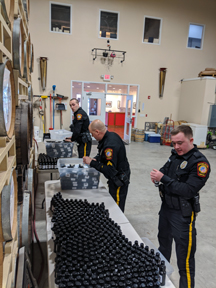
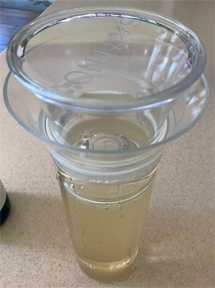
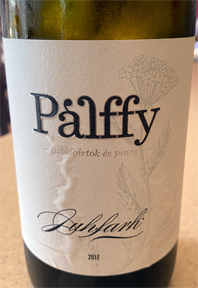
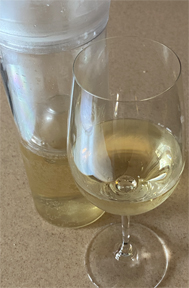
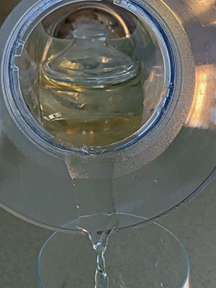
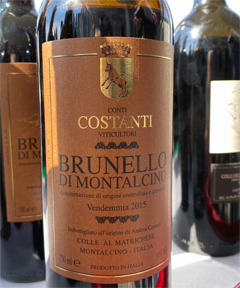
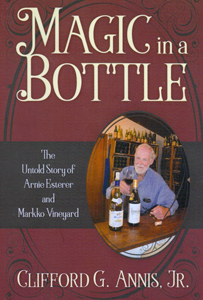
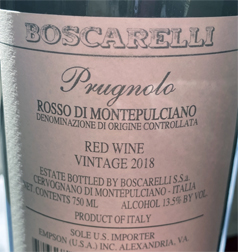
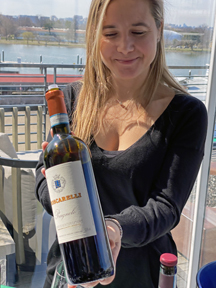
Discover the Wines of Torraccia del Piantavigna
I discovered Torraccia del Piantavigna wines at the 2020 Barolo Brunello Barbaresco wine tasting in Washington D.C hosted by Empson USA.
The Torraccia del Piantavigna winery is located in Italy’s Piedmont region, specifically the Ghemme and Gattinara D.O.C.G. regions. Pierino Piantavigna planted Nebbiolo in his first vineyard. Years later the winery was started and in 2020, the winery owns close to 100 acres of vineyards with the grape varieties of Nebbiolo, Vespolina and Erbaluce. All of the vineyards are cultivated by hand and the grapes are hand harvested.
The winemaking protocol uses Allier oak casks. According to a brochure offered at the wine tasting, “…medium sized (2,500 l) Allier oak casks are the preferred choice as they soften the tannins without masking the essential varietal notes of the grape.”
Torraccia del Piantavigna produces three levels of wine that include young and old D.O.C. wines plus the D.O.C.G. wines.
Wines
ErbaVoglio 2018 was produced with an indigenous grape variety known as Erbaluce. The wine was aged for five months in stainless steel tanks followed by one month in bottle. This dry white wine had 13% alcohol. The wine was a peach color. The aroma was of yellow stone fruit and the fruity taste included notes of peaches and apricots. The finish was crisp and fruity.
Nebbiolo 2018 (Neb) 2018 was a translucent red color. The wine was a translucent red color with a fruity aroma. The taste had notes of light cherry and red fruits. The finish began with mild tannins that built up.
Gattinara D.O.C.G. was produced with Nebbiolo grapes. The wine had 13.5% alcohol. The wine was aged in French oak barrels for a minimum of three years . The wine was an orange-red color. The wine offered notes of blackberry and black cherry. The mouthfeel was velvety-smooth.
Ghemme 2013, produced with 90 percent Nebbiolo also included the Vespolina grape variety. This wine was a dark orange-red color. The mouth feel was smooth and had tannins. The taste was fruity and included blackberry notes. The finish was long.
Visiting Torraccia del Piantavigna
According to the Torraccia del Piantavigna website, the winery has a large, elegant wine store where wine and distilled products are available. At the same location visitors can discover a wine bar, tasting room and an International Wine, Grappa and Liqueur Library. Visitors can also visit the winery. “We can arrange a range of different options from a simple visit to a full tasting, a light snack of local specialities, a visit to the vineyards or a master-class with our enologist.” Please contact the winery in advance.
Cheers!
Kathy